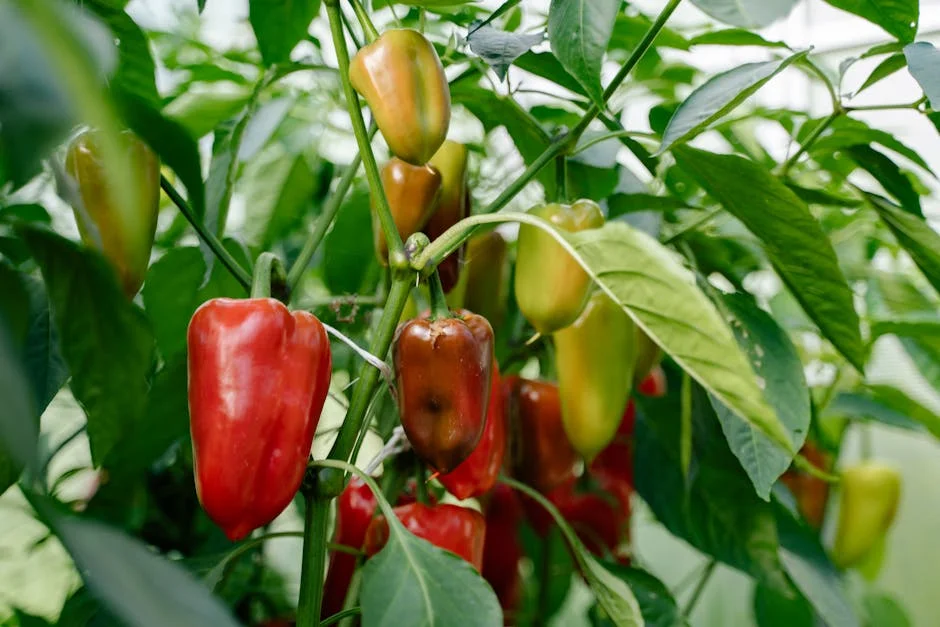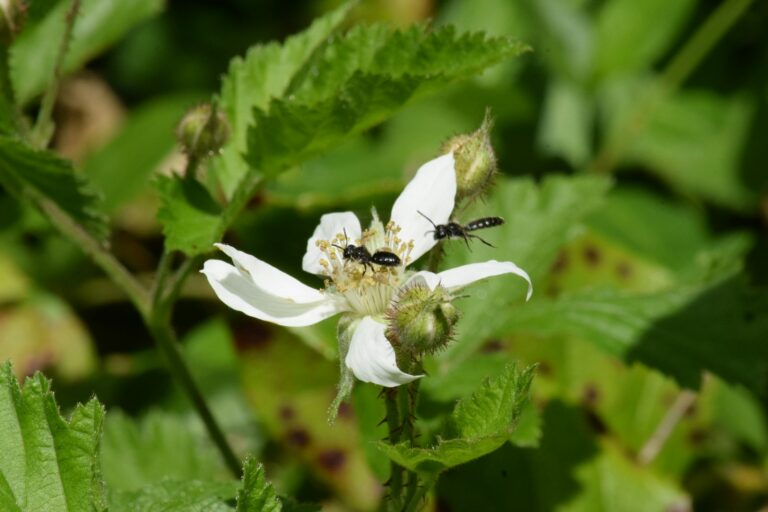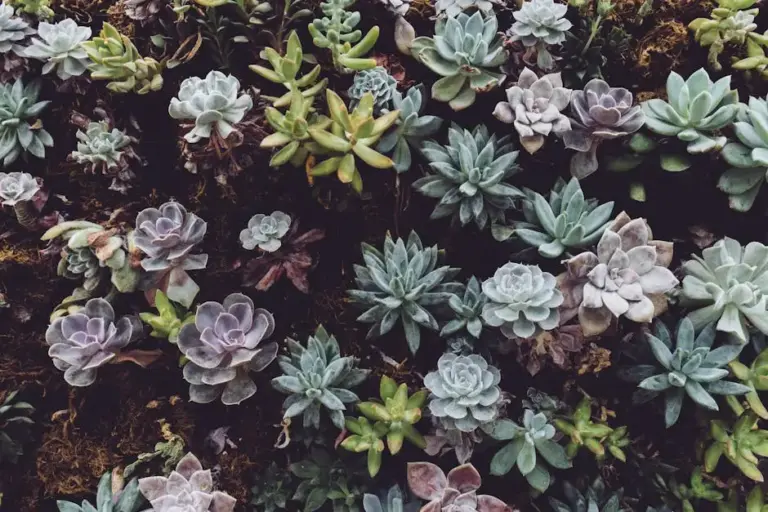How to Start a Thriving Vegetable Garden Outdoors for Beginners Made Easy
Starting a thriving vegetable garden outdoors is simpler than it might seem. The key is choosing the right location with plenty of sunlight, preparing healthy soil, and selecting vegetables that suit your climate and growing season. With these basics in place, your garden will have the best chance to flourish.
You don’t need a big space or expensive tools to get going. Whether you have a large backyard or a small patch of land, planning where to plant and understanding each vegetable’s needs will help you make the most of your garden. Paying attention to water and soil will keep your plants strong and healthy as they grow.
Gardening can be a rewarding way to enjoy fresh vegetables right from your own yard. With a little guidance on how to start and care for your plants, you’ll soon see your garden turn into a productive, green space that brings you joy all season.
Choosing the Right Location
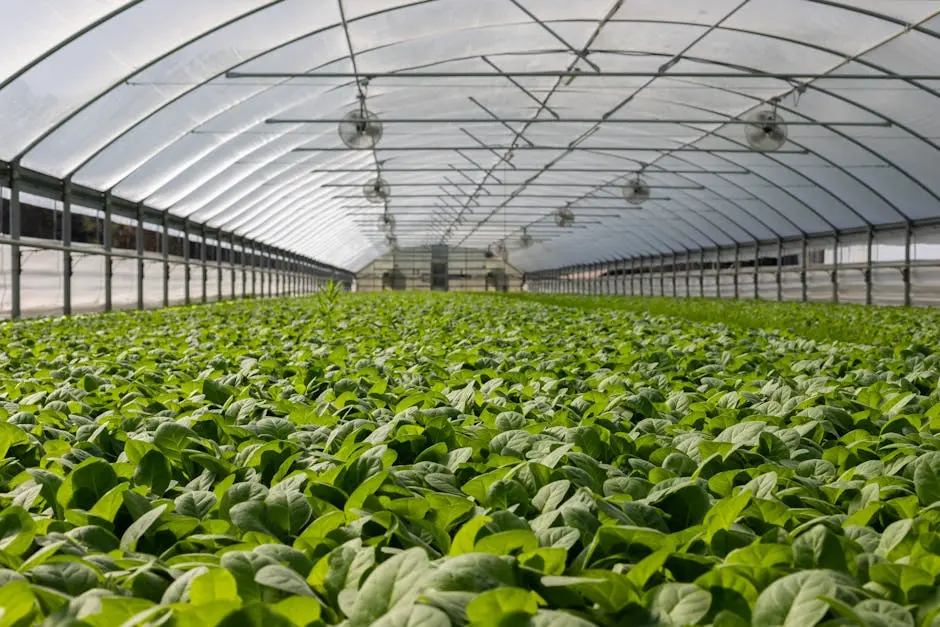
Picking the best spot for your vegetable garden means finding a balance between sunlight, soil quality, and ease of care. The right location can help your plants grow strong and save you time on watering and maintenance.
Assessing Sunlight Exposure

Your vegetable garden needs plenty of direct sunlight to thrive. Aim for an area that receives at least six to eight hours of full sun daily, as most vegetables require this to produce well.
Observe your yard throughout the day to see where shadows fall. Avoid spots shaded by trees, buildings, or fences during prime sunlight hours. South-facing areas usually get the most consistent sunshine.
If your desired spot gets less sun, consider growing shade-tolerant vegetables like leafy greens instead. Consistent sunlight helps plants develop robust leaves and fruits, so this step is crucial for success.
Evaluating Soil Drainage
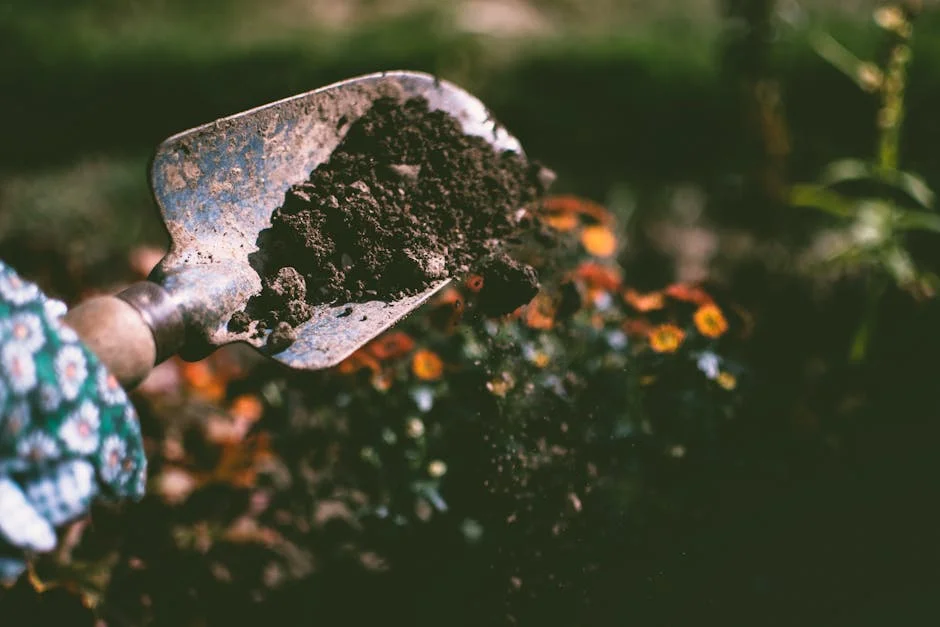
Good soil drainage prevents water from pooling around plant roots and causing rot. When you pick a site, check for soggy or compacted soil after rain or watering.
You can perform a simple drainage test: dig a hole about 12 inches deep and fill it with water. If it takes more than a few hours to drain, your soil might need improvement or you should choose another location.
Raised beds or adding organic matter like compost can also improve drainage if needed. Well-drained soil promotes healthy root growth and prevents diseases.
Considering Accessibility
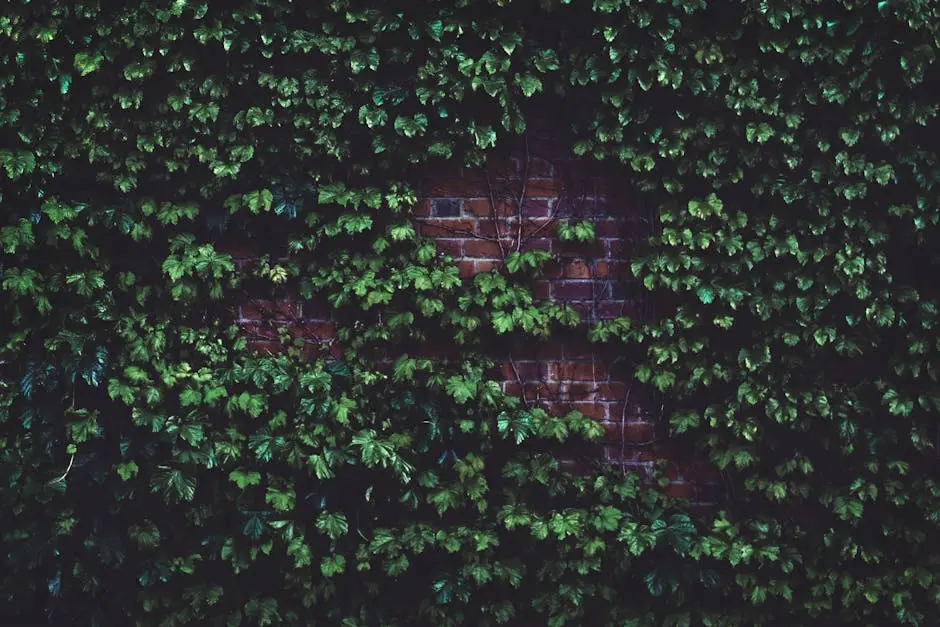
Placing your garden where you can easily reach it makes caring for your plants much easier. Ideally, locate your vegetable garden close to a water source and paths you use often.
Regular watering, weeding, and harvesting are simpler when your garden is near your house or a frequently used yard area. This convenience encourages frequent attention, which benefits plant health.
Avoid isolated or hard-to-reach spots, especially if you have kids or pets, since you’ll visit your plants more often when they’re accessible. Easy access also helps when carrying tools or harvests.
Preparing the Garden Bed
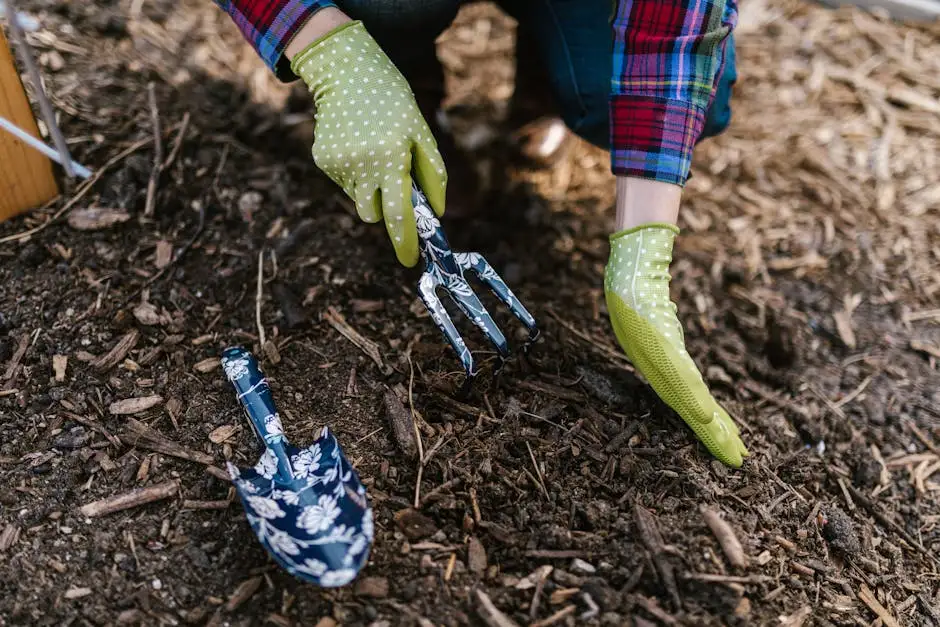
Getting your garden bed ready means clearing the space, checking and fixing your soil, and deciding between raised beds or traditional rows. Each step helps create the best start for your plants.
Clearing and Marking the Area
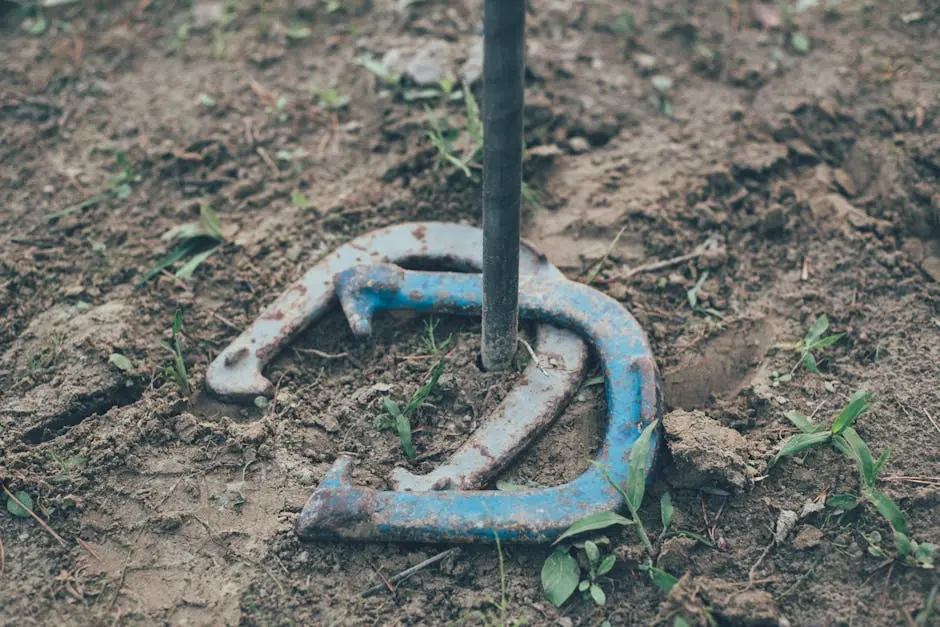
Begin by removing all weeds, rocks, and debris from your garden space. Use a hoe or shovel to pull out roots deep enough so they don’t regrow quickly.
Mark the boundaries with stakes and string to keep your rows or beds organized. This layout helps you plan space efficiently and makes planting easier.
Clear at least 12–18 inches of soil depth to give your plants room to spread roots. A tidy, well-defined area reduces pests and keeps your garden manageable.
Testing and Amending Soil
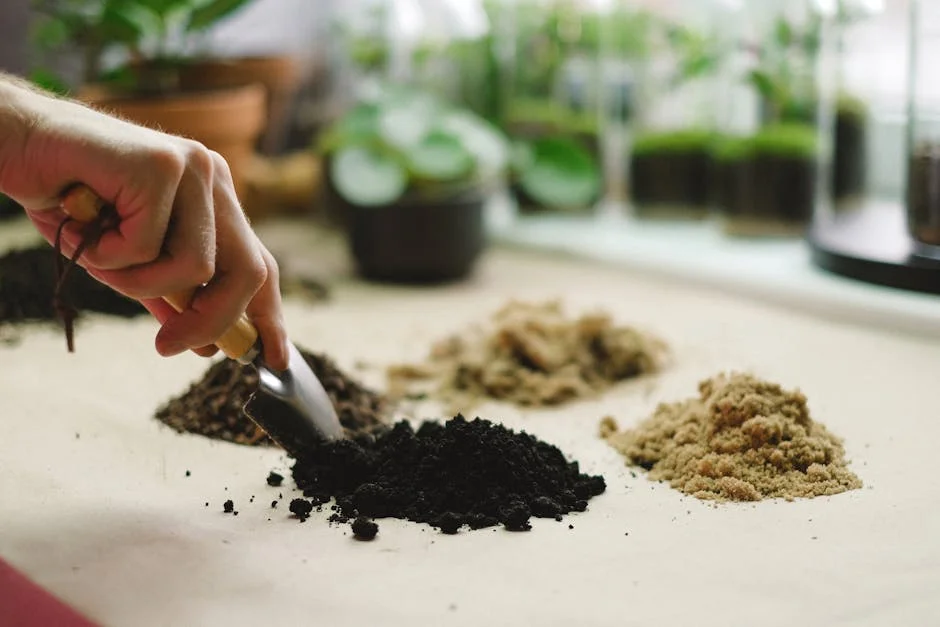
Test your soil’s pH and nutrient content using a home test kit or local extension service. Most vegetables prefer a pH between 6.0 and 7.0 for optimal growth.
Add amendments like compost, aged manure, or balanced fertilizers to improve soil texture and nutrient levels. Mix these well into the top 8–12 inches of soil.
Avoid using materials that might leach toxins, such as railroad ties or old painted wood. Instead, focus on clean organic matter to boost fertility and drainage.
Creating Raised Beds or Rows
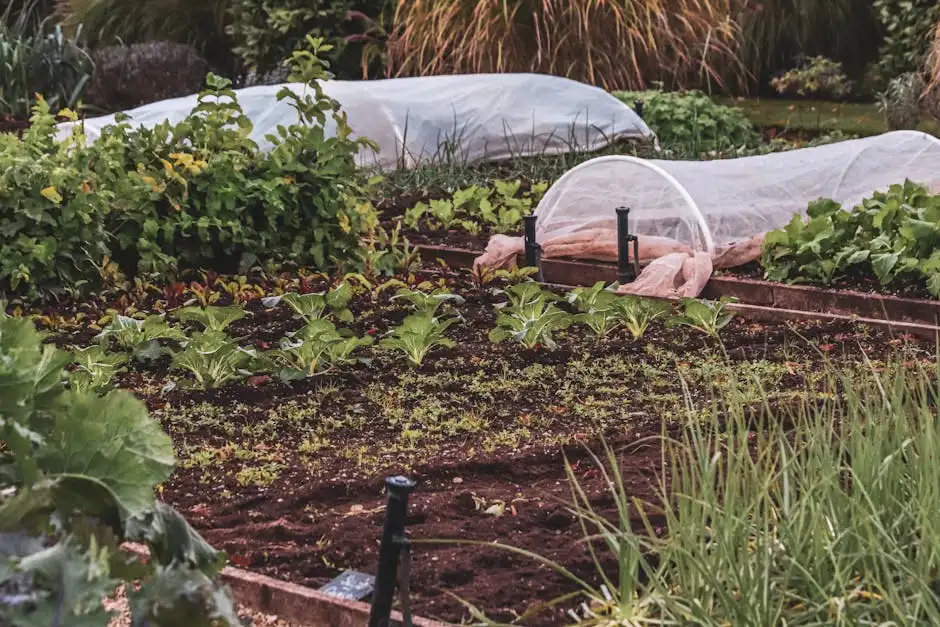
Raised beds help improve drainage, increase soil warmth, and keep soil loose. You can build them using rot-resistant wood, stone, or pre-made kits.
Line the bottom with cardboard or newspaper to block weeds, then fill with a mix of topsoil and compost for nutrient-rich planting space.
If you prefer rows, keep them narrow and raised slightly to prevent waterlogging. Both methods allow better root development and make weeding simpler.
Learn more about creating raised beds with this complete guide to raised beds.
Selecting Vegetables to Grow
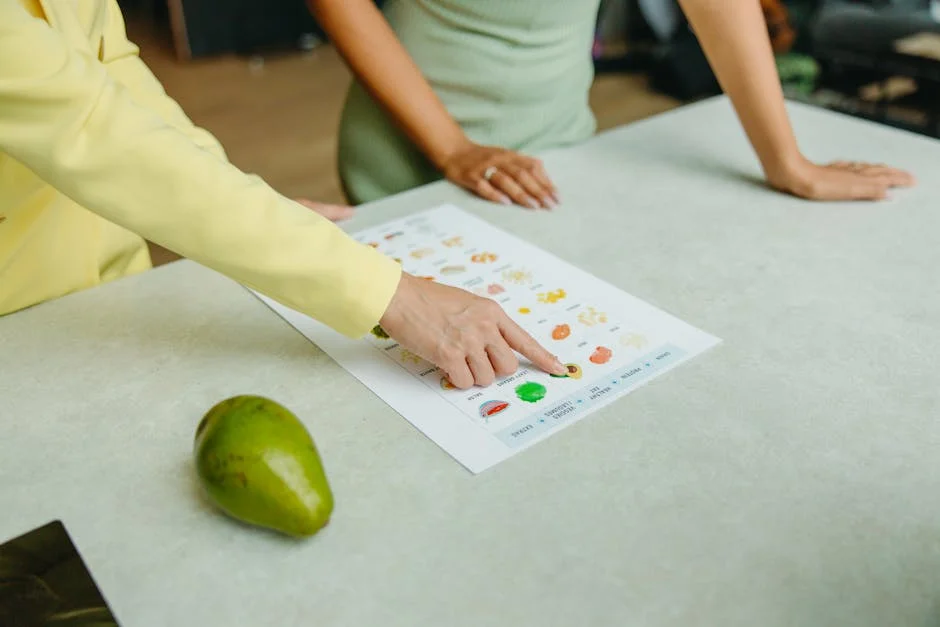
Choosing the right vegetables depends on understanding your growing conditions, selecting varieties suited to your experience, timing your planting carefully, and using planting combinations that benefit each other. Each of these factors will help you get the best results from your garden space and effort.
Understanding Your Climate Zone
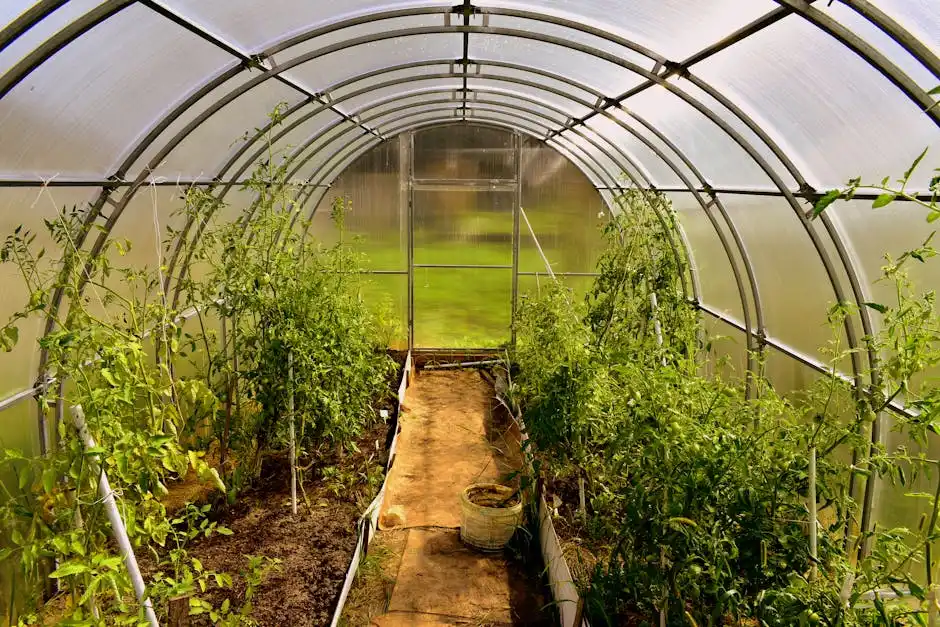
Knowing your climate zone helps you pick vegetables that will grow well in your area. Different plants have specific temperature and daylight requirements. For example, cool-season crops like lettuce and broccoli do best in zones with mild springs, while warm-season crops such as tomatoes and peppers need longer, hotter growing periods.
You can find your climate zone by checking local agricultural extension services or online maps. Planting vegetables suited to your zone reduces risks of poor germination and crop failure. Make sure to consider your last frost date and soil temperature to decide when to start seeds or transplant seedlings outdoors.
Choosing Easy-to-Grow Varieties
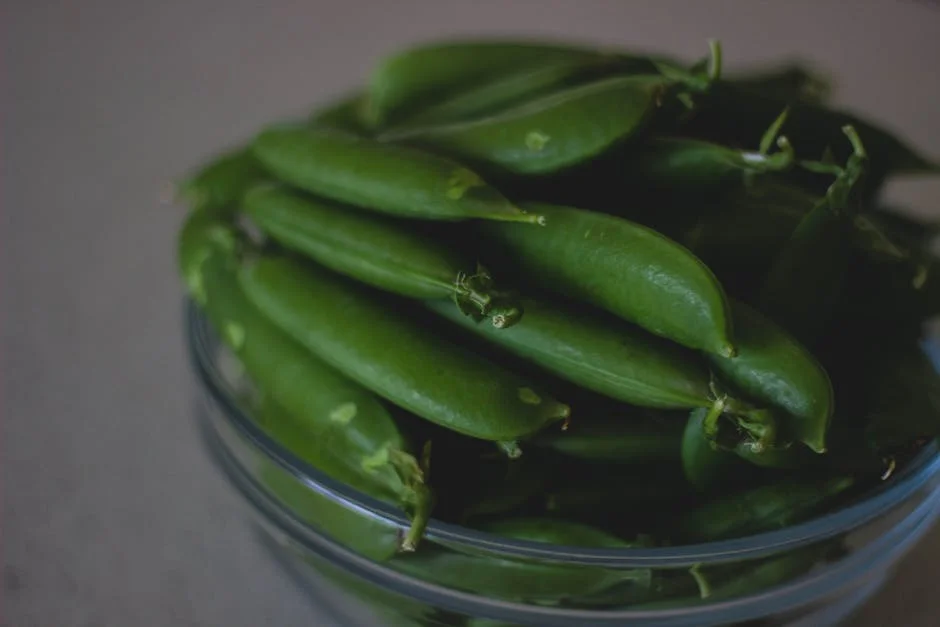
If you’re new to gardening or want a low-maintenance garden, focus on vegetables that are forgiving and quick to mature. Examples include radishes, green beans, zucchini, and leaf lettuce. These crops usually resist common pests and diseases and require minimal special care.
Look for varieties labeled as “disease-resistant” or “early-maturing” on seed packets. You might want to start with familiar vegetables you enjoy eating to keep motivation high. Trying one or two new crops alongside easy ones can add variety without overwhelming you.
Planning Planting Schedules
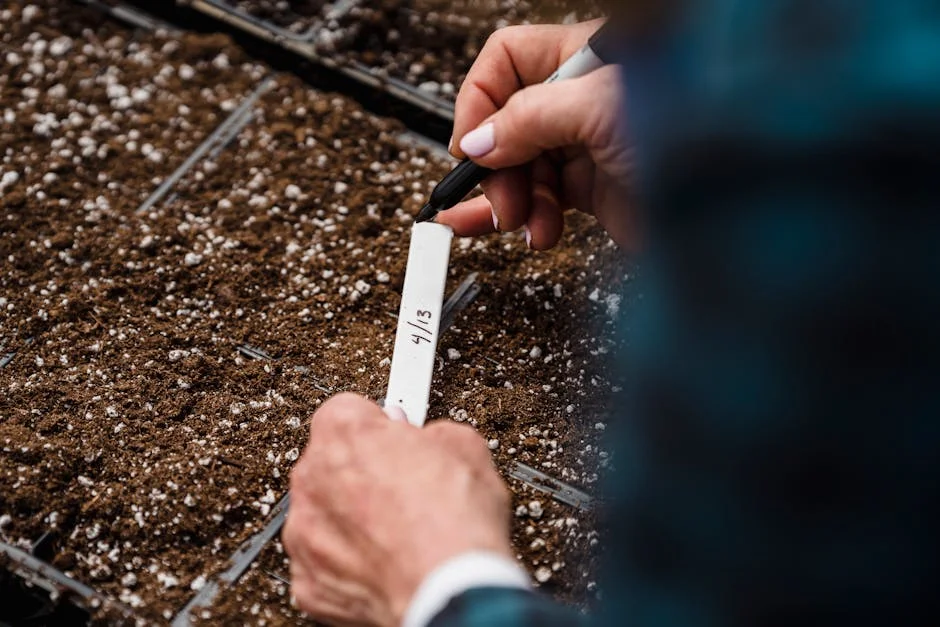
Good planning ensures you don’t plant too early or too late, which can harm crop growth. Each vegetable has an optimal planting window based on temperature and season length. Cool-season vegetables, like cabbage and onions, can be planted soon after the last frost. Warm-season crops, like tomatoes and cucumbers, should go in after the soil warms up.
Use a garden calendar or spreadsheet to track planting dates and days to harvest. You can also try succession planting—staggering sowing times to enjoy continuous harvests. This helps you maximize space and keep your garden productive throughout the season.
Companion Planting Basics
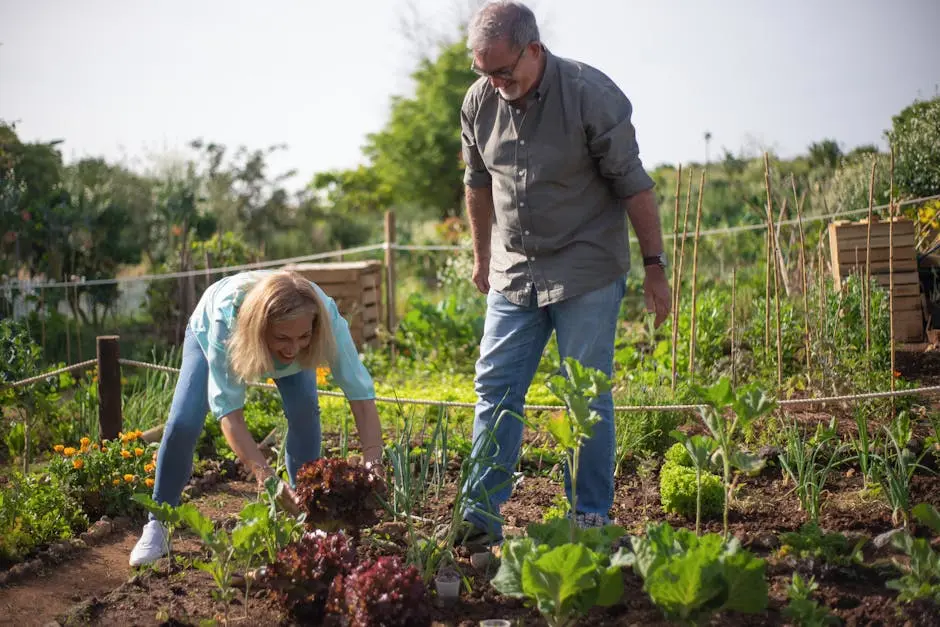
Some plants grow better when paired with certain others, helping each other by improving nutrient uptake or repelling pests. For example, tomatoes benefit from basil and marigolds planted nearby. Beans can fix nitrogen in the soil, helping leafy greens like spinach.
Avoid planting vegetables from the same family too close together, as this can increase disease risk. Squash and corn are common companions, supporting each other’s growth. Using companion planting can make your garden healthier and reduce the need for chemical interventions. For more on vegetable growing, see this vegetable planting guide.
Planting Your Vegetable Garden
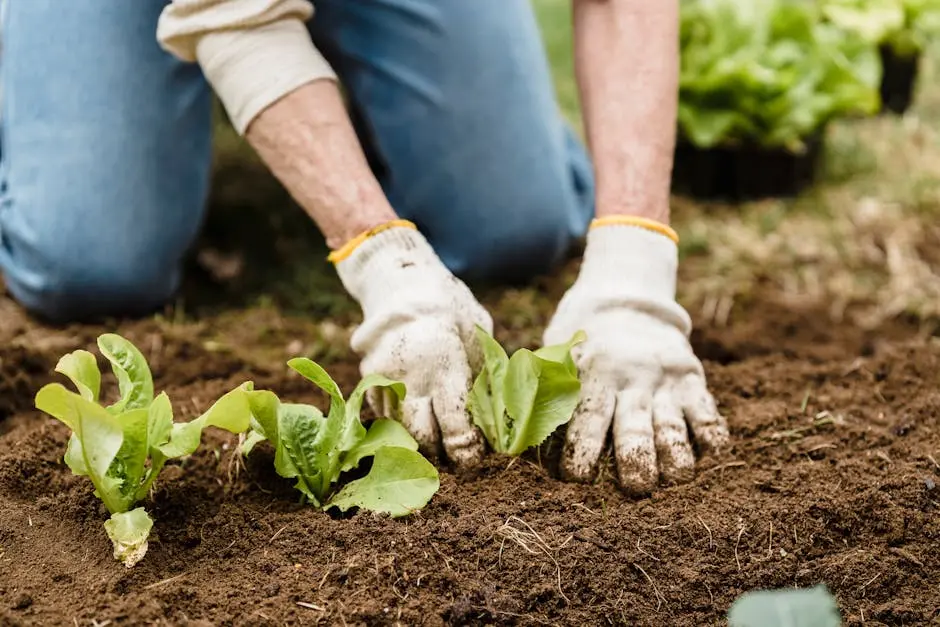
Getting your plants in the ground the right way sets the foundation for a strong, productive garden. Pay attention to how you start your seeds or seedlings, give them enough room to grow, and use effective watering methods to keep them healthy.
Direct Sowing Versus Transplanting
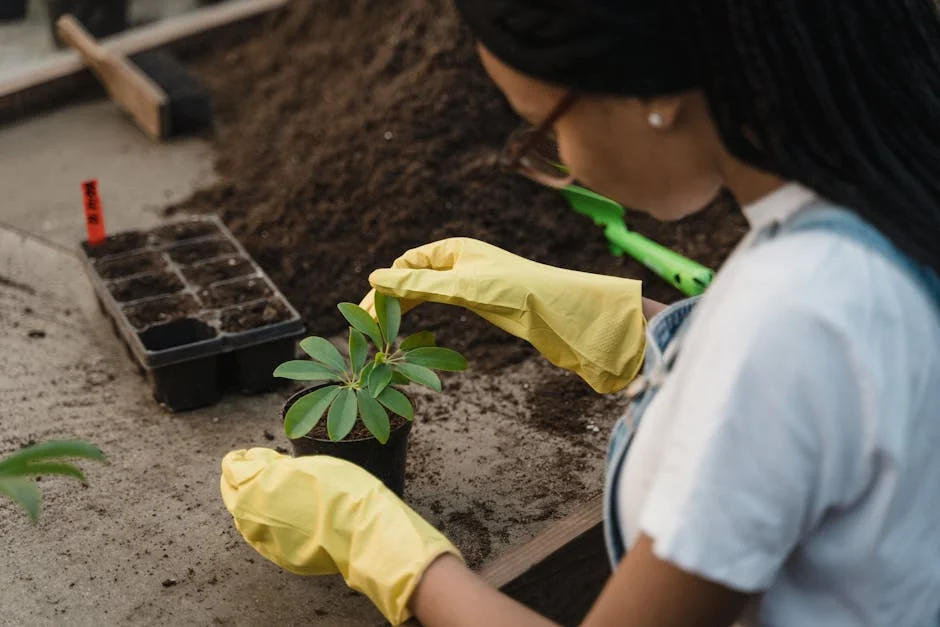
You can start vegetables by planting seeds directly into the soil or by transplanting seedlings you’ve started indoors. Direct sowing works best for root crops like carrots and beans, which dislike disturbance.
Transplanting is ideal for plants that need a longer growing season or warmer soil, such as tomatoes and peppers. When transplanting, gently remove seedlings from their pots, being careful not to damage the roots. Water them well right after planting.
Some vegetables, like lettuce and spinach, tolerate both methods. You’ll want to pick the one that fits your climate and gardening schedule.
Proper Spacing and Depth
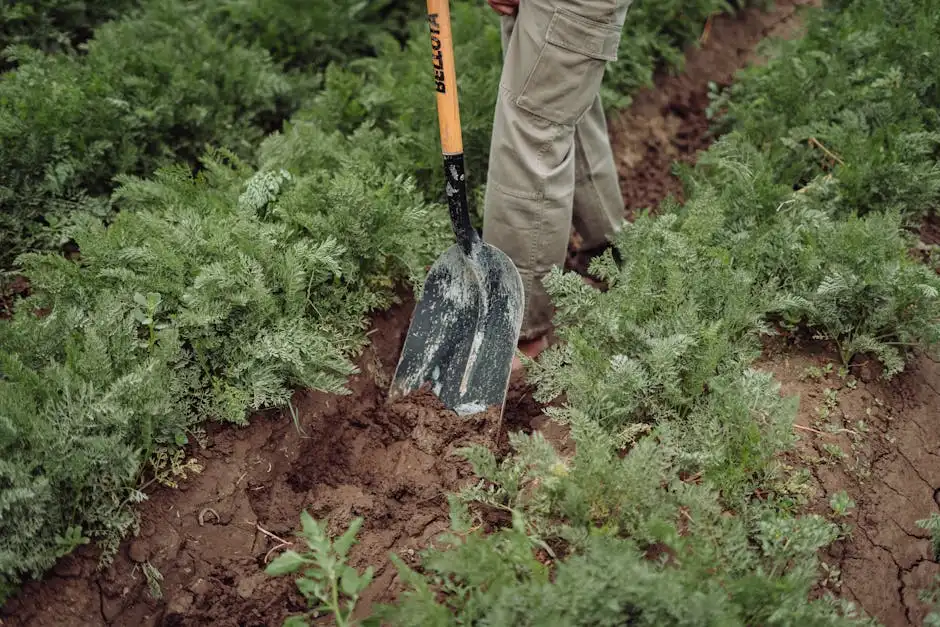
Correct spacing ensures your plants have access to sunlight, air circulation, and nutrients, reducing disease risk. Check seed packets or plant tags for exact spacing, but as a general guide:
| Vegetable Type | Space Between Plants | Space Between Rows | Planting Depth |
|---|---|---|---|
| Leafy greens | 6-12 inches | 12-18 inches | 1/4 to 1/2 inch |
| Root vegetables | 2-4 inches | 12-24 inches | 1/2 to 1 inch |
| Larger plants | 18-24 inches | 24-36 inches | 1 inch or as directed |
Plant seeds or seedlings at the depth recommended for each vegetable. Too deep or too shallow can prevent germination or stunt growth.
Watering Techniques
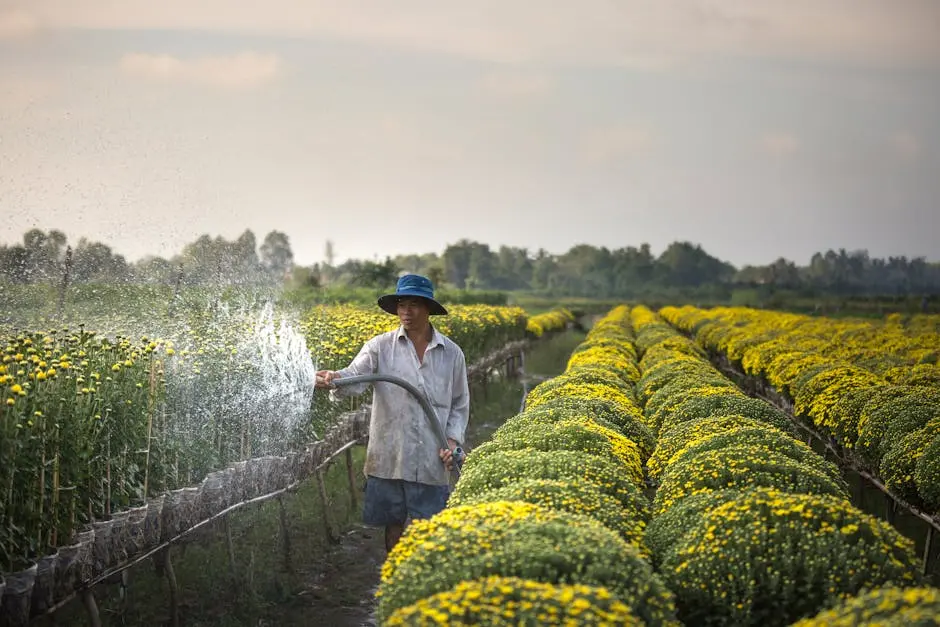
Consistent moisture is key for seedlings and established plants. Water deeply but less frequently, aiming to moisten the root zone 6-8 inches deep. This encourages strong root systems.
Try watering early in the morning to reduce evaporation and prevent fungal issues from wet foliage at night. Avoid overhead watering if possible; drip irrigation or soaker hoses deliver water straight to the soil.
Monitor soil moisture by feeling it; it should be damp but not soggy. Adjust your watering based on weather conditions and the specific needs of each vegetable variety.
For more detailed tips, you can visit a guide on how to start a vegetable garden.
Maintaining a Healthy Garden
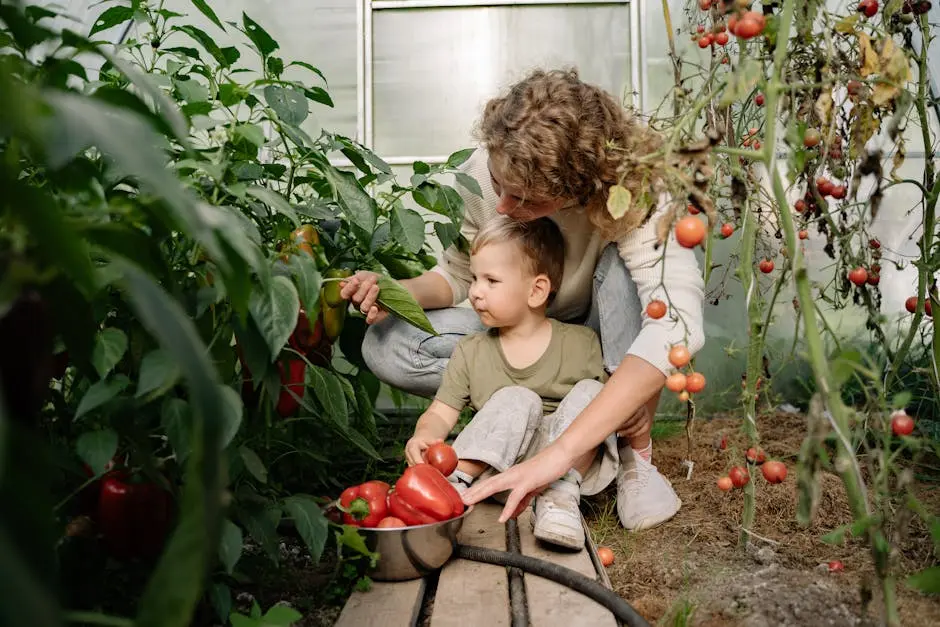
Keeping your vegetable garden thriving means regular care focused on soil health, plant nutrition, and protecting your plants from threats. Simple routines can save time and improve your harvest.
Weeding and Mulching
Weeds compete with your vegetables for nutrients, water, and sunlight, so remove them regularly by hand or with a hoe before they set seed. Avoid letting weeds get too tall or dense.
Mulching is a powerful way to suppress weed growth. Apply a 2-3 inch layer of organic mulch like straw, shredded leaves, or grass clippings around your plants. This also helps retain soil moisture and keeps roots cool during hot weather.
Be careful not to pile mulch against plant stems, as this can cause rot. Refresh your mulch layer as it breaks down to keep weeds out and maintain soil health.
Fertilizing Tips
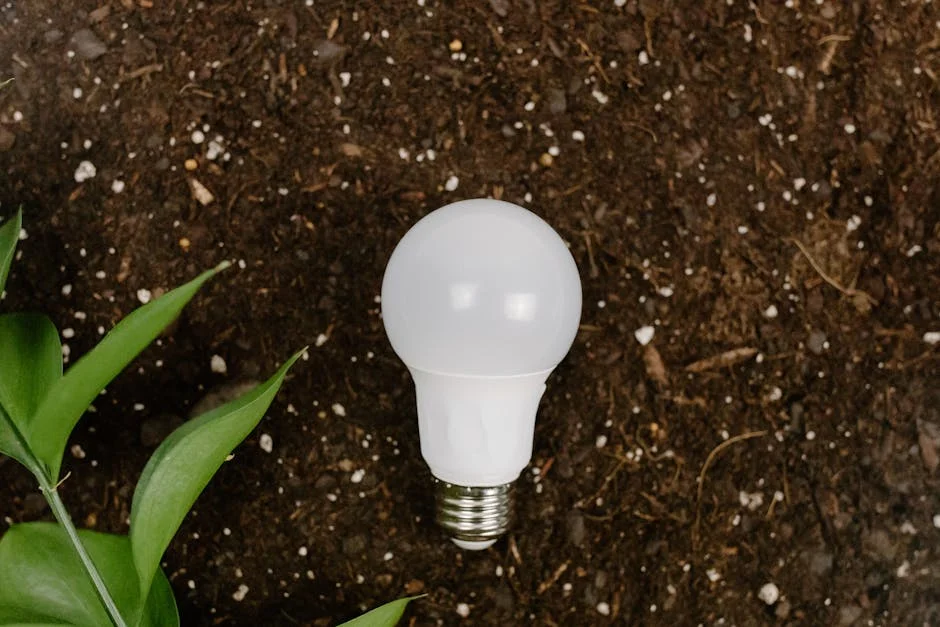
Your garden soil needs balanced nutrients for strong vegetables. Start with a soil test to identify nutrient levels and pH. Most vegetables prefer slightly acidic to neutral soil (pH 6.0-7.0).
Use organic fertilizers like compost, aged manure, or balanced granular options that supply nitrogen (N), phosphorus (P), and potassium (K). Apply fertilizer according to package instructions or soil test recommendations.
Side-dress vegetable rows with compost or fertilizer midway through the growing season to support ongoing growth. Avoid over-fertilizing, which can cause lush foliage but fewer fruits.
Managing Pests and Diseases

Monitor your plants regularly to catch pest or disease issues early. Handpick visible pests like caterpillars or beetles off plants. Use row covers to keep flying insects away.
Encourage beneficial insects by planting flowers nearby that attract ladybugs and lacewings. If pests persist, consider natural controls like neem oil or insecticidal soap, applying early in the day.
Practice crop rotation and remove diseased plant debris promptly to reduce disease buildup in soil. Water at the base of plants to avoid wetting leaves, which can promote fungal diseases.
Harvesting and Enjoying Your Bounty
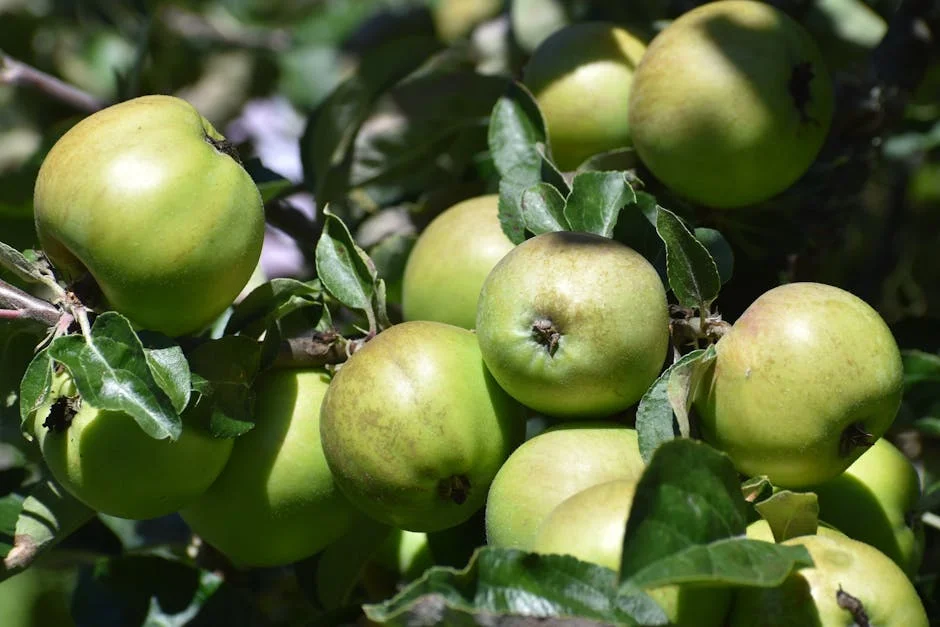
Careful timing, proper storage, and season extension are key to making the most of your vegetable garden’s harvest. Understanding when to pick, how to keep your veggies fresh, and ways to lengthen your growing time will help you enjoy more fresh produce, longer.
Knowing When to Harvest
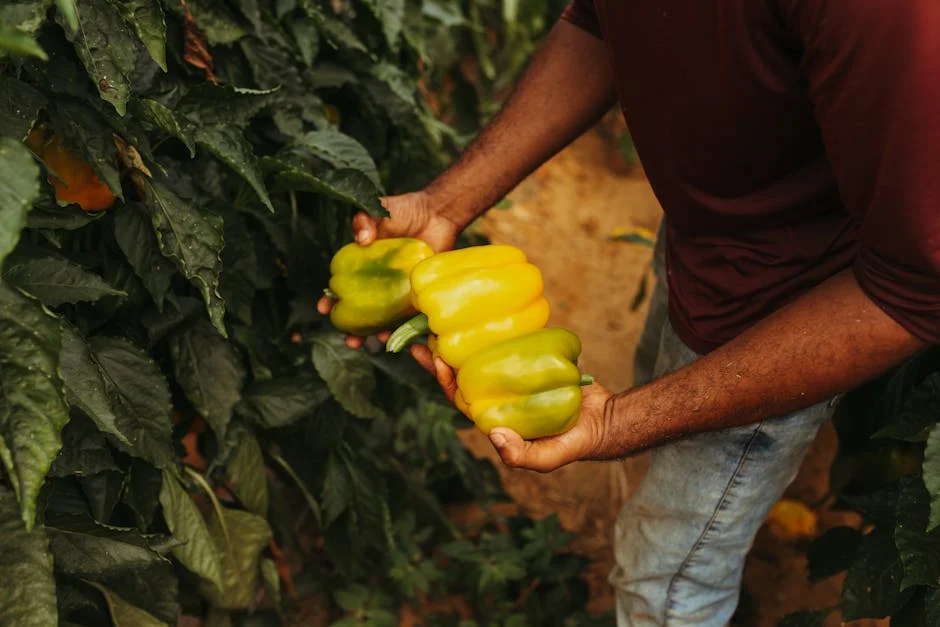
Harvest your vegetables at peak ripeness for the best flavor and nutrition. Look for firm texture, vibrant color, and the size typical for the variety. For example, tomatoes should feel slightly soft but not mushy, while cucumbers need to be firm and bright.
Check specific harvest times for each plant. Some crops like leafy greens can be picked young, but root crops such as carrots are best after reaching full size. Harvesting in the morning when it’s cool helps keep veggies fresh.
Use clean, sharp tools to avoid damaging plants when you cut or pull vegetables. This encourages continued growth in crops like beans or peppers.
Storing Fresh Vegetables
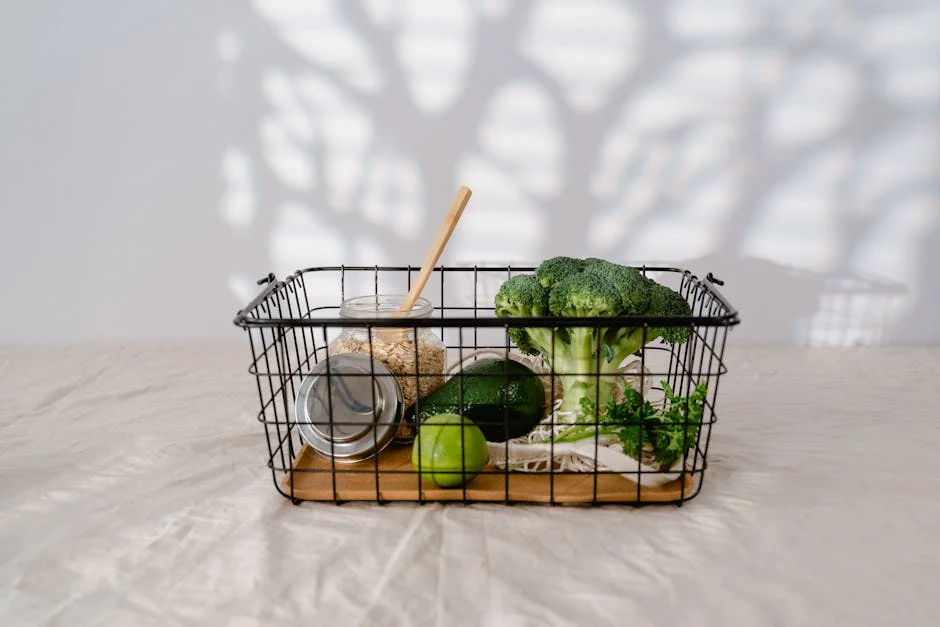
Store your harvest based on the vegetable’s needs to keep them fresh longer. Some, like carrots and leafy greens, do well refrigerated in breathable bags with some moisture.
Tomatoes lose flavor in cold storage, so keep them on the counter away from direct sunlight. Potatoes and onions should be stored in cool, dark, dry places, away from each other to prevent spoilage.
Label and date stored produce to keep track of freshness easily. Use airtight containers or simple paper bags depending on humidity needs.
Consider freezing, drying, or pickling excess vegetables if you have more than you can eat fresh.
Extending Your Growing Season
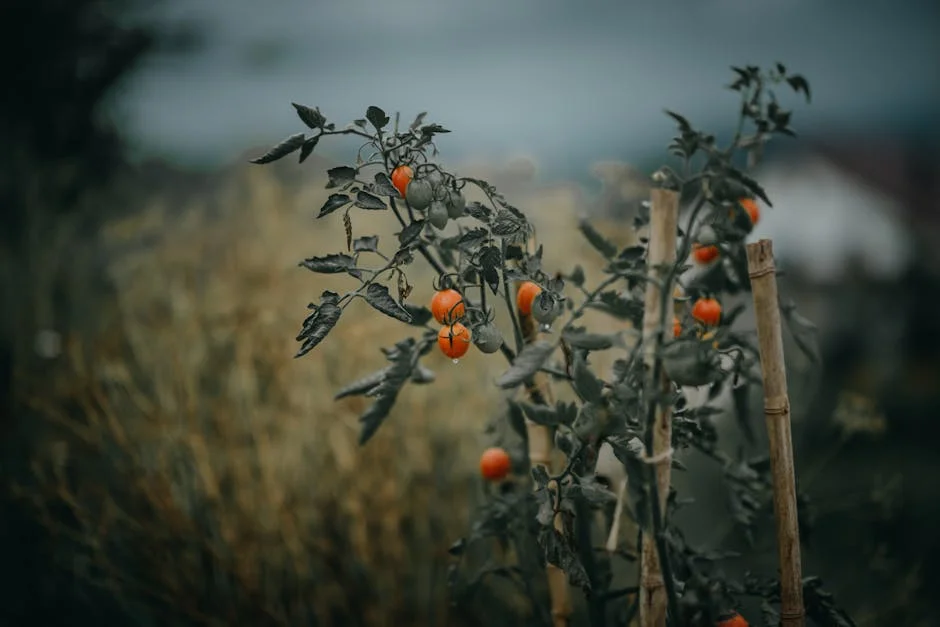
Extend your harvest by using methods such as row covers, cold frames, or greenhouses to protect plants from frost. These help maintain warmer soil and air temperatures.
Choose fast-maturing vegetable varieties or plant successive crops every few weeks for continuous harvests. Leafy greens, radishes, and beans are good for quick turnover.
Adjust watering and feeding schedules as the seasons change to keep plants healthy longer. You can also start seedlings indoors early to transplant outside once conditions improve.
Proper planning and protective tools give you fresh produce beyond the usual growing months. For more tips on planning and care, see this ultimate guide to growing a thriving vegetable garden.

